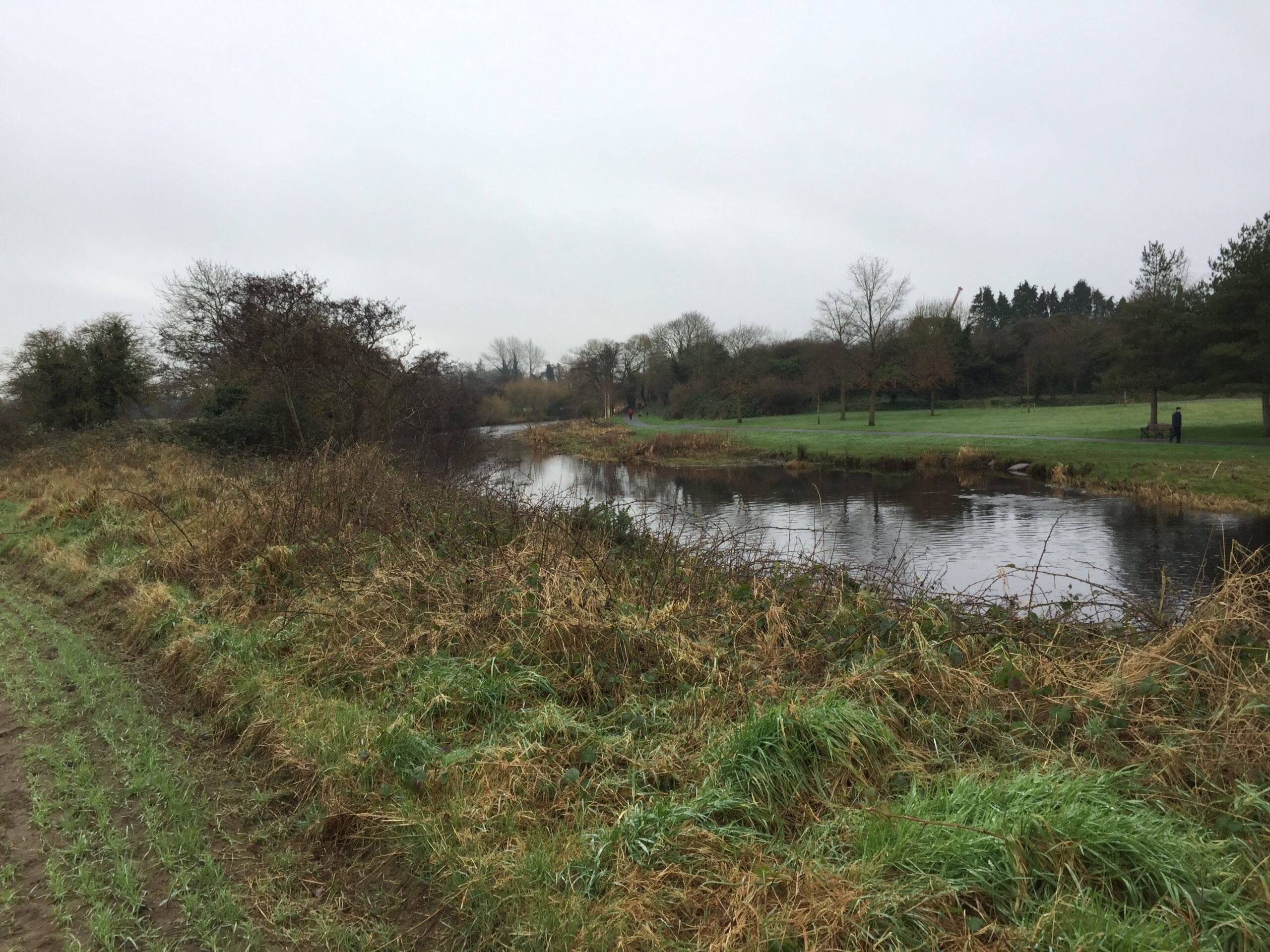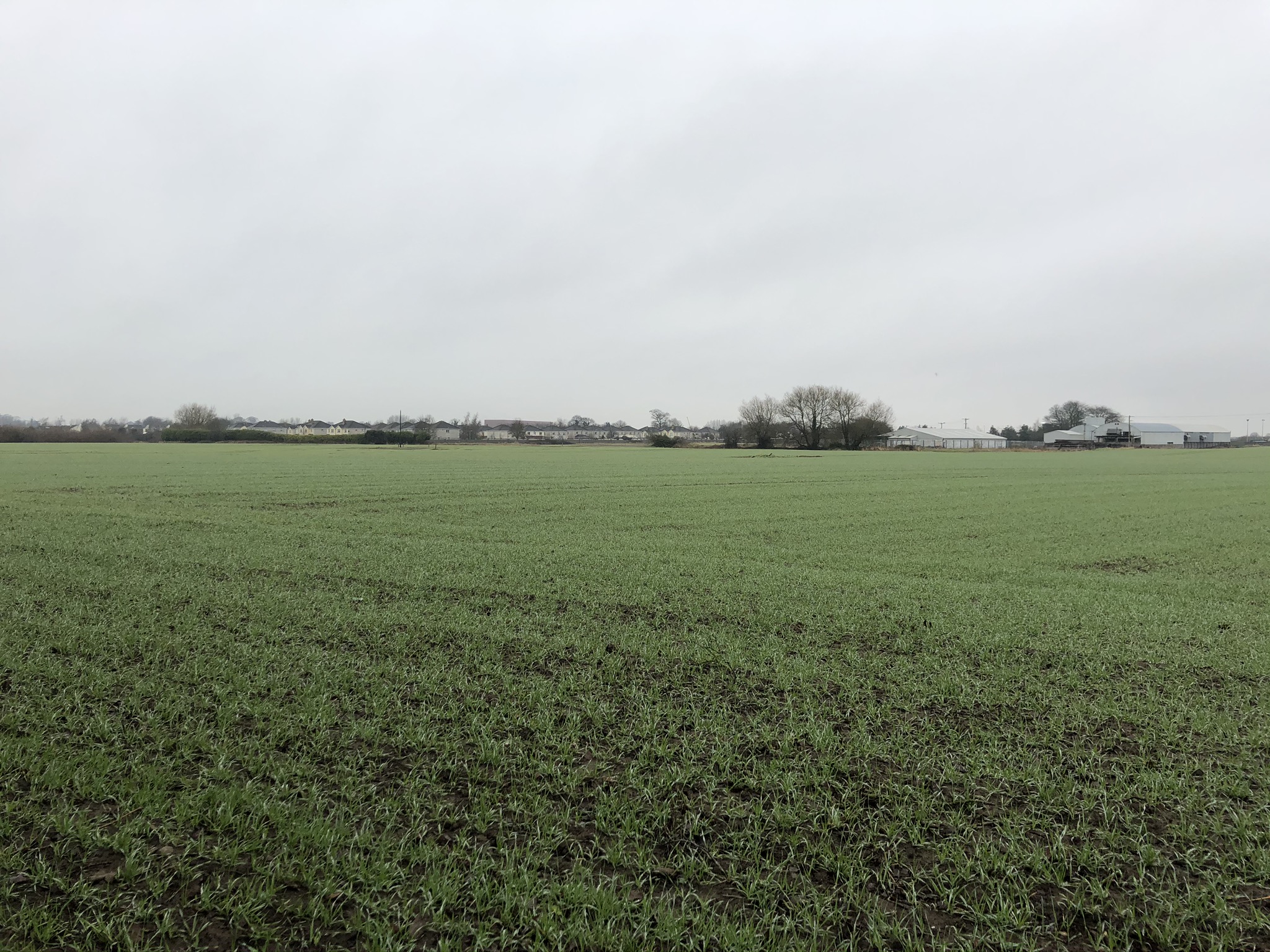Located adjacent to the River Liffey, the land identified for the 47ha Great Connell housing development was discovered to have two historic river meander features. With the potential for this to lead to flooding, we were appointed by Aston Limited to conduct flood risk assessments and propose mitigation measures.
- Client Aston Limited
- Location Newbridge, Co. Kildare
- Partners Punch Consulting Engineers
Identifying flood risk and effective mitigation measures with the support of hydraulic modelling expertise
Having identified historic flood risk, this project saw us investigate potential development/layout options and mitigation measures to maximise residential land use and facilitate access routes on the Great Connell SHD.
To support this we were required to provide two separate Flood Risk Assessments (FRAs), one for the proposed SHD and one for the proposed Newbridge Southern Outer Orbital Road and Bridge. Given the proximity of the site to the River Liffey, the preparation of the FRAs was supported by hydraulic modelling of the river. This allowed our team to effectively identify mitigation measures for both sites.
Creating the two separate FRAs presented several challenges. The greatest is to include design and mitigation measures that would be equally effective whether one or both proposals were approved.
However, through the close collaboration of our flood risk and modelling teams, we were able to successfully propose designed mitigation measures for both sites that would work in conjunction or independently. Key to this was a justification test supported by hydraulic modelling to demonstrate the development could manage the risk to itself in accordance with Planning Guidelines.

We worked collaboratively with Punch Consulting Engineers who were responsible for designing the new bridge, to ensure that it was section 50 compliant. As part of this collaboration, we also informed them of the proposed flood levels in the river so that they could design their outfalls.
A new way of determining a confidence interval
With the section 50 application for the site's new bridge requiring the addition of a 95% confidence interval (CI), we adopted a unique approach to determining this.
As the catchment was split into two sections (dam and natural) a new way of determining the CI had to be considered. This involved investigating the timings of flood events from each catchment. With flood history showing that flood peak from the natural catchment moves through the site before the larger peak from the dam, only the CI for the dam would need to be applied as it accounted for a significantly larger flow.







